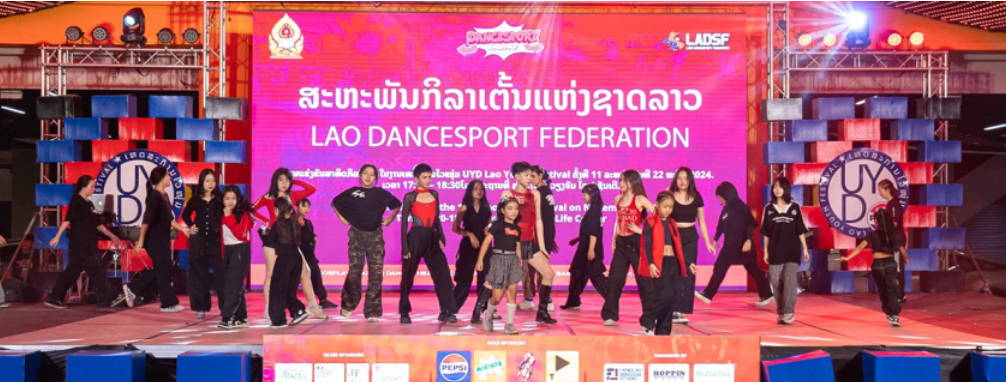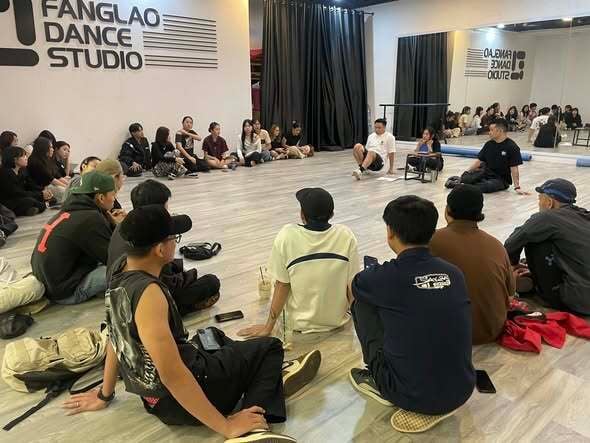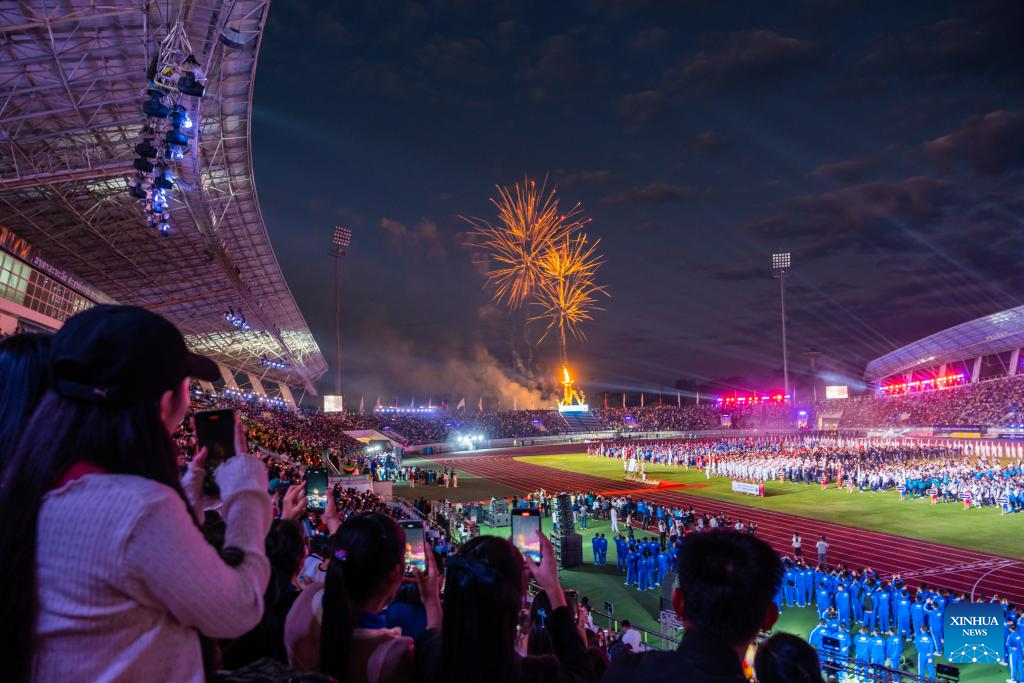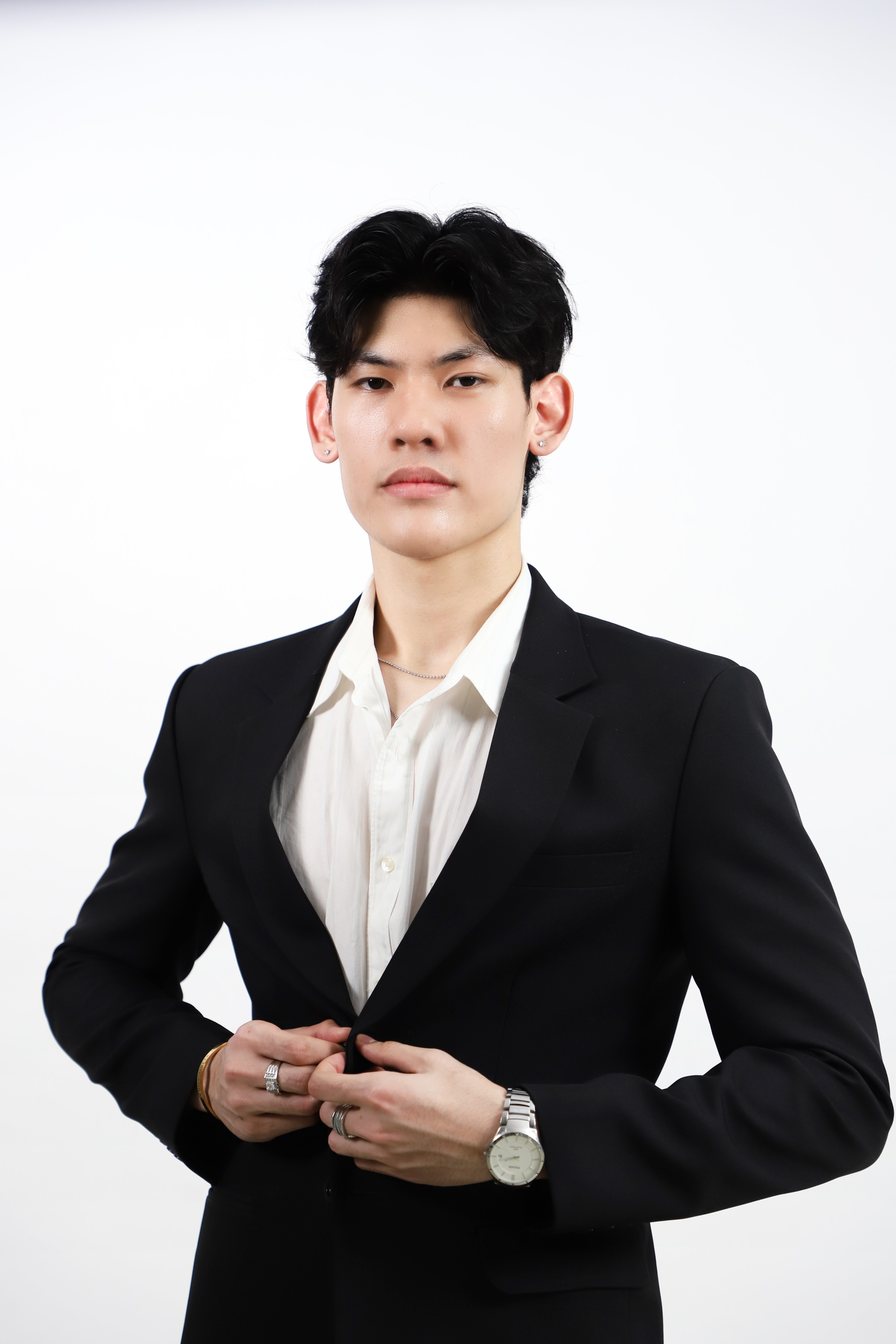
DanceSport Joins the 12th Lao National Games: A Historic Shift
Vientiane, 2025 — In an exciting and modern twist to Laos’s traditional multi-sport celebration, DanceSport, including breakdancing, has been officially added as a medal sport in the 12th Lao National Games. This development marks a significant moment for the nation’s sporting culture — blending dance, athleticism, and youth energy in a major national event.
What This Means: Key Details & Context
1. Inclusion & Leadership

-
The Lao DanceSport Federation (LADSF) played a central role in lobbying for DanceSport’s addition. According to TourismLaos.org, they highlighted how prepared Laos is in terms of judges, coaches, and trained dancers.
-
The federation stressed that dancers are already practicing at a high level, and there is infrastructure to support competitive DanceSport.
2. Medal Categories
There will be three gold medal events in DanceSport at the Games (per TourismLaos.org):
| Event | Format |
|---|---|
| Solo Breaking (1v1) | One-on-one “break battle” — dancers compete head to head. |
| Couples Routine | A choreographed duet that showcases sync, style, and creativity. |
| Team Performance | Groups of 6–8 dancers perform together — combining formation work, choreography, and high-energy moves. |
3. Why It Matters for Laos
-
Youth Engagement: DanceSport appeals strongly to younger audiences. Its inclusion is likely to energize youth participation in the national Games.
-
Global Alignment: Breakdancing (breaking) became an Olympic sport in Paris 2024, making this a strategic move. By adding breaking, Laos aligns with global trends and youth sports development.
-
Cultural Fusion: While DanceSport is modern, it allows Laos to merge cultural dance traditions with athletic competition, promoting creativity and innovation in the national sports scene.
Challenges & Opportunities
Challenges
-
Judging & Standardization: DanceSport competitions require certified judges with international standards — ensuring quality and fairness could be difficult.
-
Funding: Supporting dance crews, training, costumes, and competition infrastructure may require new investment from both public and private sources.
-
Logistics: DanceSport needs performance stages, good floor surfaces, and technical logistics (lighting, sound) — these must be planned carefully for the Games.
Opportunities
-
Talent Development: This opens a new pathway for young dancers who may not see themselves in traditional sports but have high athletic and artistic potential.
-
Sport Tourism: Showcasing DanceSport in the Games could attract spectators, sponsors, and media — boosting visibility for Lao youth culture.
-
Long-Term Legacy: If DanceSport thrives, future National Games could see more artistic-sport crossover disciplines (hip-hop, contemporary, etc.).
Broader Impact on Lao Sports
-
The inclusion of DanceSport is symbolic of how Lao sports are evolving — embracing not just traditional athletic disciplines (like athletics or martial arts) but also artistic and youth-driven sports.
-
It demonstrates that the National Games are a tool not only for competition but also for cultural innovation, youth empowerment, and community engagement.
-
By formalizing DanceSport, Laos can better support its dancers, give them recognition, and potentially help them reach regional or international dance-sport stages.
Final Thoughts

Adding DanceSport to the 12th Lao National Games is more than a cosmetic change — it’s a statement. Laos is signaling that it values both its cultural roots and the power of youth-driven, modern sport. This move could shape a new generation of athletes-dancers, elevate the creative sports scene, and strengthen national pride in a fresh, energetic way.
As the National Games unfold, it will be fascinating to watch which dancers emerge as champions, how audiences respond, and whether Laos builds on this momentum to deepen its investment in artistic sports.
.png?width=300&height=100&name=t%20(5).png)



